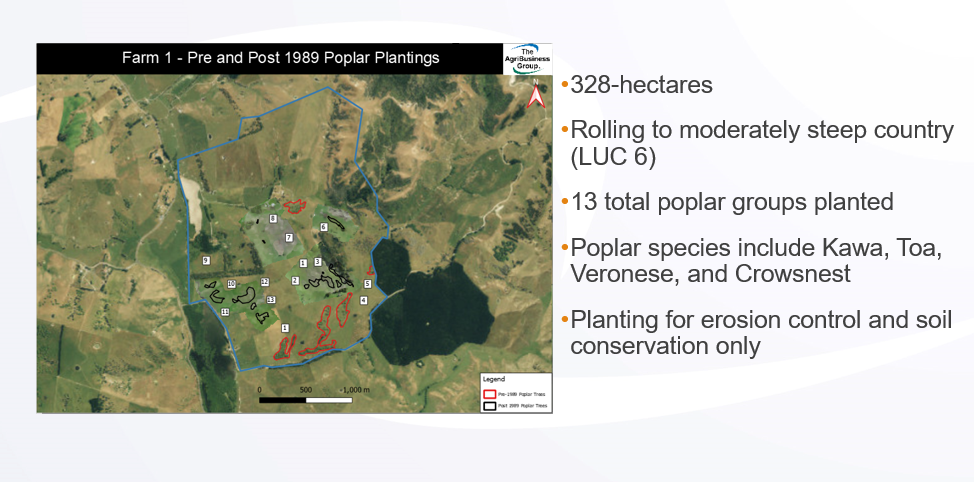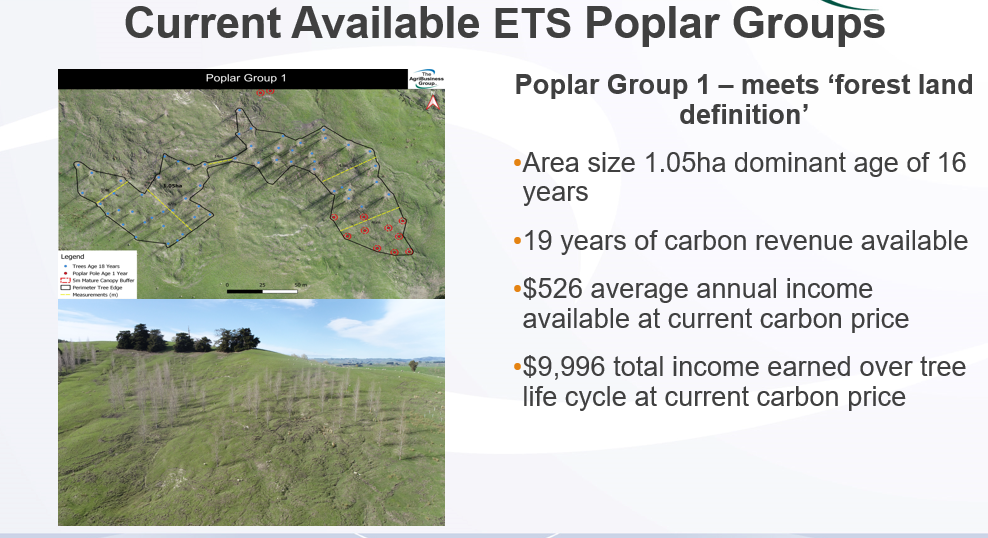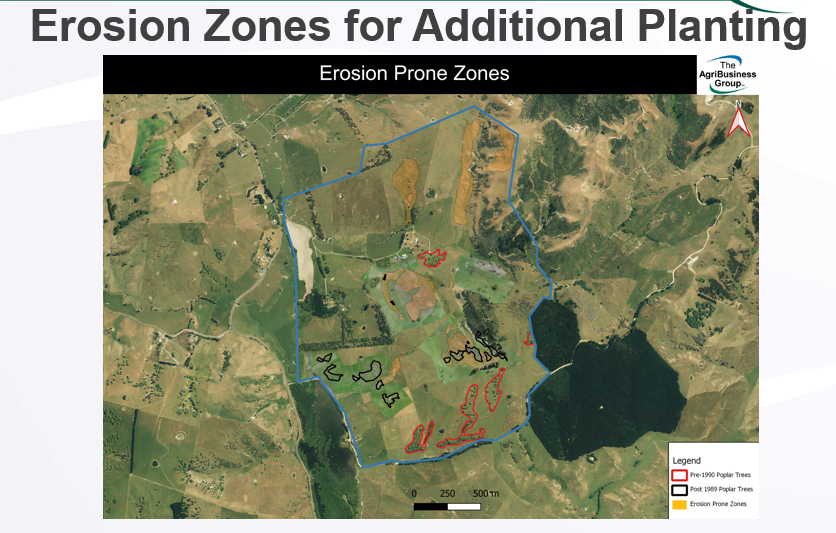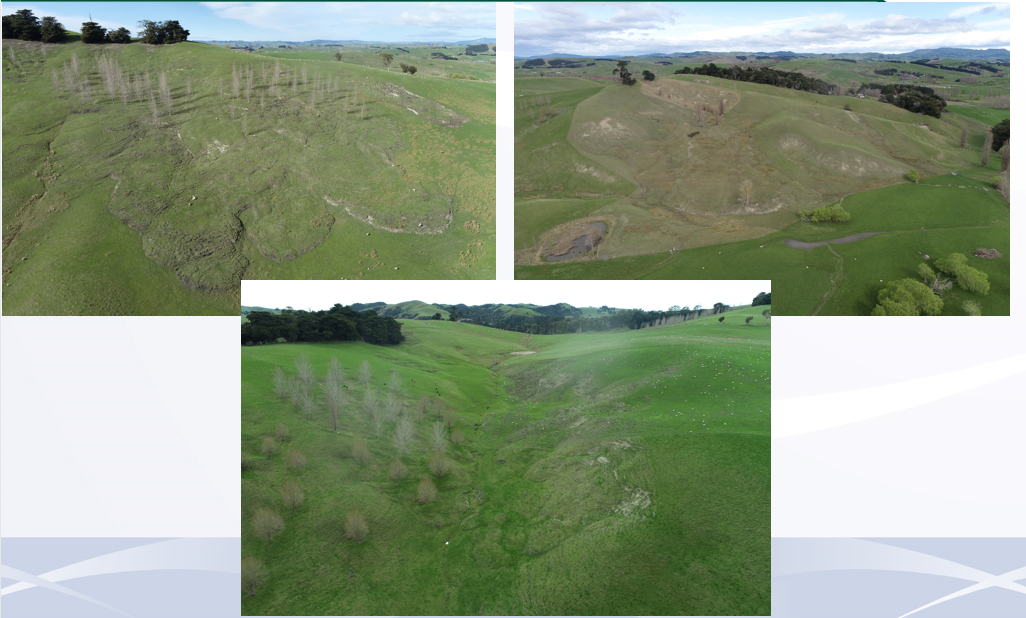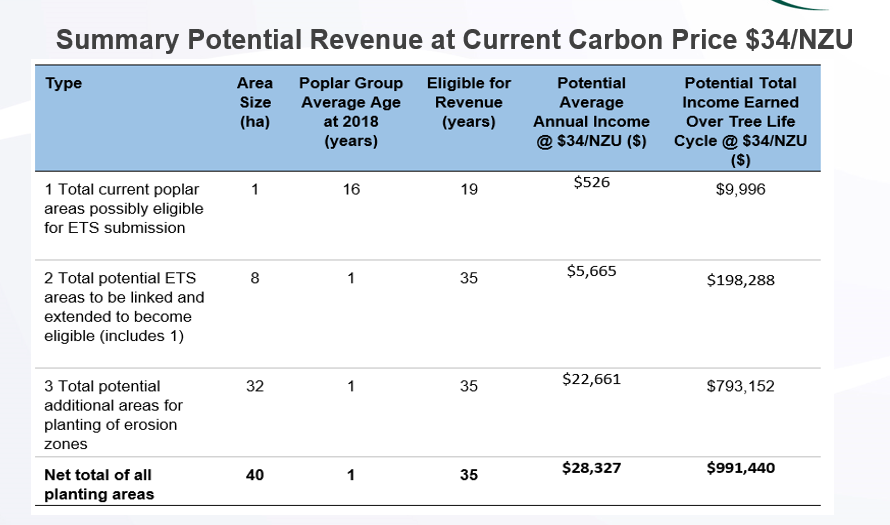Article Two: Spaced Exotic Hardwood Plantings – The Carbon Opportunity for Farmers
The AgriBusiness Group is running a three-part article series on carbon farming in New Zealand to educate hill country farmers about the carbon farming opportunities that enable them to unlock the full economic and environmental potential of their farm systems.
Through our research as farm consultants, we have recognised the underlying opportunity that carbon forestry presents to substantially support the modern-day farm system. Farmers undertaking or allowing forestry restoration, regeneration or new application are in an excellent position to capitalise on the economic, environmental, and ecological values carbon farming brings.
Background
In particular, this article focuses on the unique carbon opportunity that lies within planting exotic hardwoods as spaced plantings (e.g. poplar trees as space poles). Spaced pole plantings have been used over the last 60 years as a cost-effective solution to controlling erosion on hill country farm systems. Tree species, like poplar and willow, are excellent at controlling slope erosion, earthflow movement, and gully scouring, but they provide a multitude of other farm services, such providing stock with a nutrient rich feed in adverse conditions. Trees are typically planted at wide spacings even for soil conservation benefits which allows for the continual growth of pasture under the tree canopy, unlike a densely stocked forest. The establishment of the ETS in 2008 provides another avenue of value for space planted trees through carbon revenue, although due to the technicality of assessing space planted trees, it has been a great opportunity overlooked by many.
Exotic hardwood forests – why plant for carbon?
Fast sequestration rate (35-year carbon period as of current in the ETS)
Lucrative annual cashflow (average annual carbon income of $840/ha over 35 years)
Optimise farm systems with diverse revenue streams
Use carbon sequestration to reduce and offset farm carbon footprints
Helping the country become more climate change resilient and reach global climate targets
High economic and environmental benefits
Figure 1: MPIs ‘forest land definition’.
Does your farm have potential?
Space pole planted trees are the same as any forest in the ETS. As long as the forest area meets MPI’s ‘forest land definition’ as per Figure 1 to the left, then any exotic hardwood forest is eligible.
Typical NZ farm forestry species include; poplar, eucalypts, redwoods, robinia, lusitanicas to name a few.
MPI’s ‘forest land definition’ states that forests must reach:
At least 1ha in area
At least 30m average width
Have species that can grow 5m high
Potential to reach 30% canopy cover
Canopy drip lines are no more than 15m apart on forest perimeter trees
Existed as the above after 1990
Our assessment process
Figure 2: A group of mature poplar trees that required a small number of additional poles to meet forest land definition.
Figure 3: Erosion prone zone to be planted in poplar poles while ensuring all MPI forest land definition factors are covered.
Figure 4: 1 year old poplar poles assessed with drone imagery and entered into the ETS.
Figure 6 Ensure your property is set up for managing pests, particularly when new plantings are being established.
Existing exotic hardwood forests
For farmers that already have trees planted on farm who want to investigate their carbon credit potential, we assess their eligibility against the forest land definition above. In some instances, the forest may only be shy of not meeting some of the factors in the definition, and individual trees can be spot planted strategically to expand or join other forest areas in order for them to achieve all forest land definition factors.
Planting new forests
In a space pole planted situation, developing a planting plan before purchasing your hardwood poles is crucial to ensure you are successful at meeting each of the forest land definition factors shown in Figure 1 above. This will allow you to receive carbon credits in the first year successfully. Reaching 30% canopy cover is the most problematic factor to achieve in a spaced planting forest. Canopy cover area potential for the species selected to be planted should be used to determine how many stems need to be planted per hectare.
Our Assessment
For the most, exotic hardwoods can only be assessed by combining ground truthing methods and intensive GIS mapping to establish where a forest meets MPI’s forest land definition. We use drone technology in our methodology to quickly identify the areas of carbon potential. In this we include a report that:
Captures the full carbon potential of existing, new, or future planted exotic hardwoods
Maximise the carbon sequestration potential of a property to supplement and optimise the farm system without reducing stocking rate
Complete Post-1989 mapping assessment
Present carbon farming opportunity (economic and environmental (e.g. carbon offset)
Register with MPI to earn carbon credits
Manage forest land area for 35-year survival period
Managing risk
Once you have your forest entered into the ETS, it is important you hold forest land definition to ensure there is no carbon liability. Forests that exit forest land definition must pay back the carbon credits they have achieved if they cannot reforest again. Space pole forests are at risk of this if not managed properly due to their lower tree population densities. Good management includes:
Right tree, right place. Select trees for the conditions (drought, pests, wind)
Good tree management for longevity e.g. pollarding
Surplus planting for canopy cover and perimeter trees
Annual scout of tree areas and re-plant where required
GPS log each tree for excellent management
Forest insurance (fire, carbon, weather)
Case Study Example Completed 2020 – Hawkes Bay
Any comments or questions? Leave them in the comment box below or contact Sam directly. If you are considering integrating native forests into your farm system and would like more information check out this page and get in contact with Sam via email or phone.
Article written by Sam Mander








